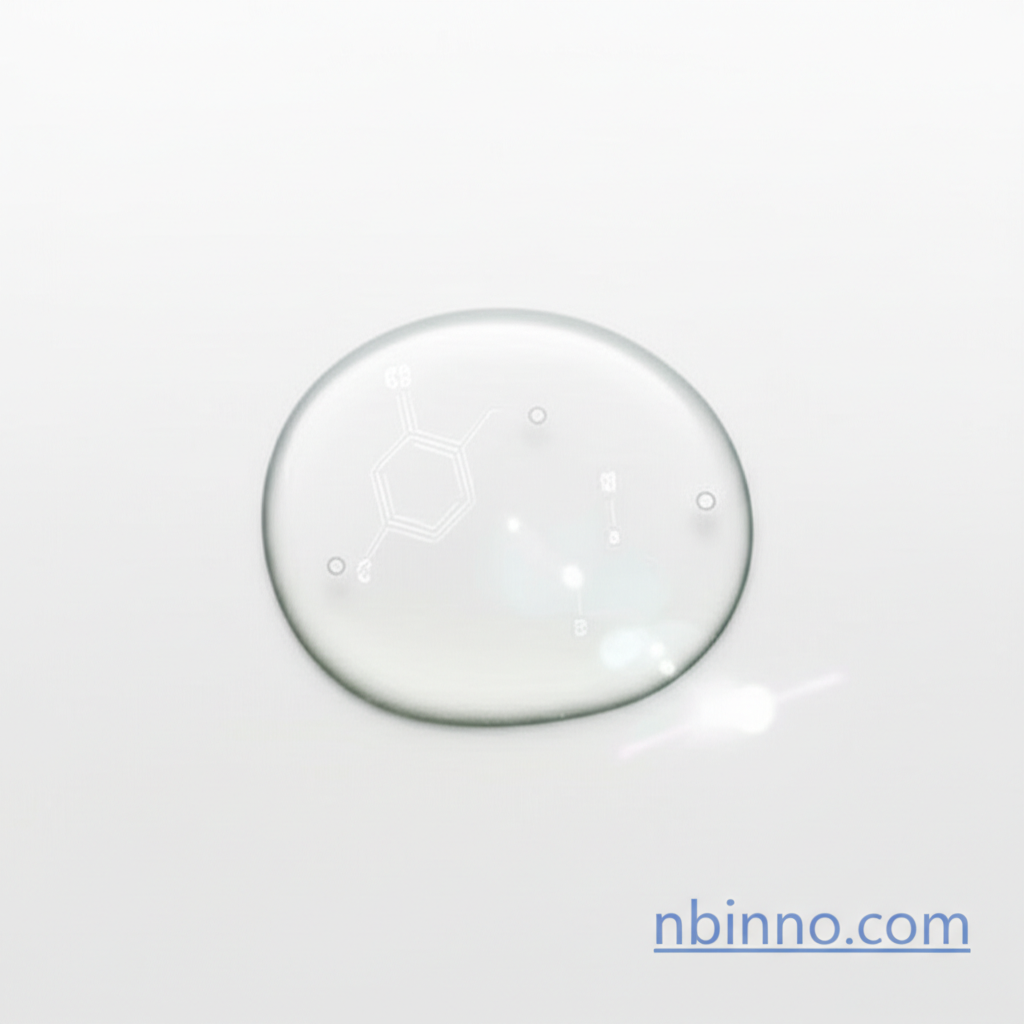Ethyl 2-phenylacrylate: Synthesis, Properties, and Applications
Explore the crucial role of Ethyl 2-phenylacrylate in organic synthesis and pharmaceutical development.
Get a Quote & SampleProduct Core Value

Ethyl 2-phenylacrylate
Ethyl 2-phenylacrylate is a highly versatile organic compound, serving as a pivotal intermediate in the synthesis of numerous complex molecules, most notably in the pharmaceutical sector for the production of Tilidine. Its unique chemical structure makes it a valuable building block for creating advanced materials and biologically active compounds.
- Explore the synthesis of Ethyl 2-phenylacrylate using Knoevenagel condensation, a well-established method for creating α,β-unsaturated compounds.
- Understand the applications of this compound as a pharmaceutical intermediate, particularly in the pathway to Tilidine derivatives.
- Discover its utility as a monomer in polymer chemistry, contributing to the development of new materials with specific thermal and mechanical properties.
- Learn how its reactivity is leveraged in modern synthetic methodologies such as photoredox catalysis for intricate carbon-carbon bond formations.
Advantages Provided by the Product
Synthetic Versatility
Ethyl 2-phenylacrylate's structure as an α,β-unsaturated ester makes it a versatile building block, readily participating in Michael additions and other crucial organic reactions, vital for many organic synthesis endeavors.
Pharmaceutical Intermediate Role
Its function as a key intermediate in the production of Tilidine highlights its importance in the pharmaceutical industry, enabling the synthesis of essential analgesic medications.
Polymerization Potential
As a monomer, it contributes to the creation of advanced polymers and resins through controlled polymerization techniques, opening avenues in materials science and coatings.
Key Applications
Pharmaceutical Synthesis
Serves as a critical intermediate in the production of pharmaceuticals, including the synthesis of Tilidine and its derivatives, showcasing its value in the healthcare sector.
Organic Chemistry Building Block
A fundamental component for constructing complex molecular architectures, facilitating various organic transformations like Michael additions and Knoevenagel condensations.
Materials Science
Used as a monomer in polymerization processes to develop novel polymers and resins for applications in coatings and advanced materials.
Catalysis Research
Investigated for its role in modern catalytic processes, including photoredox catalysis, for efficient carbon-carbon bond formation under mild conditions.
